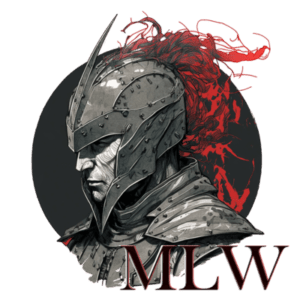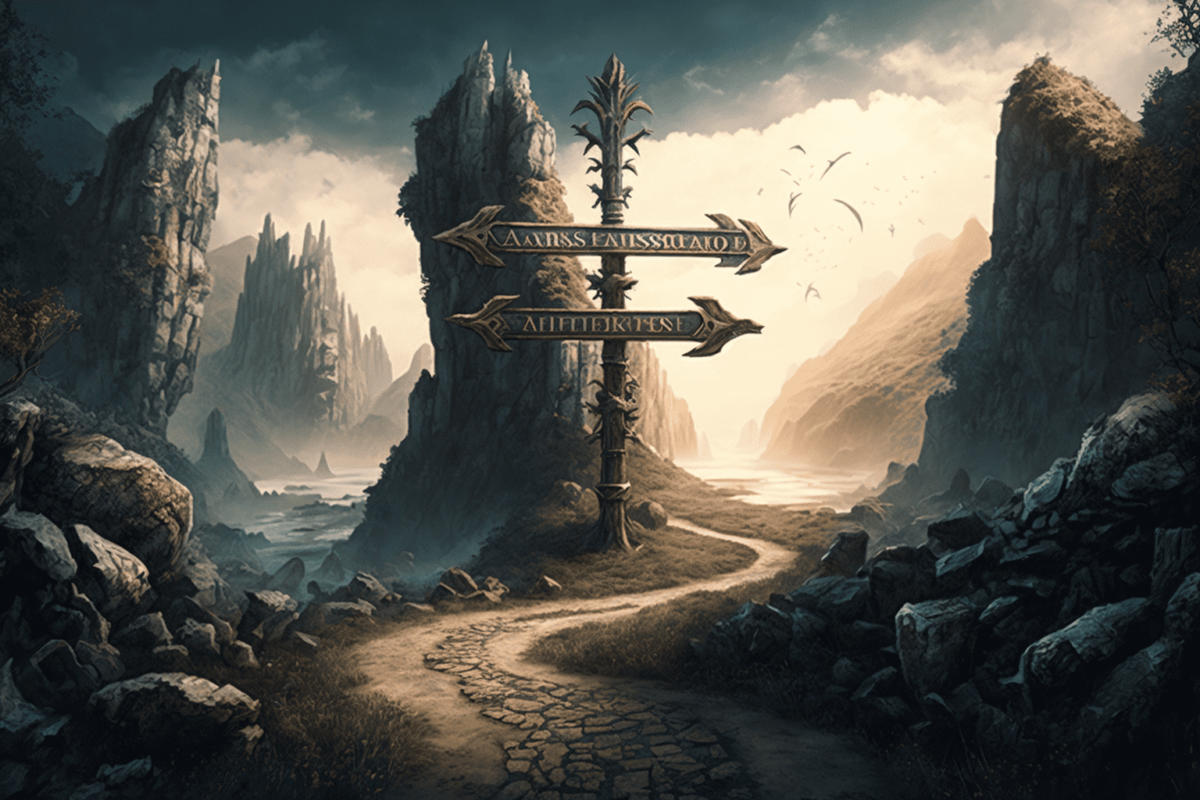DnD is a game with an overflow of rules and perks, and it’s hard to keep track of them all, especially if you’ve only just begun playing it. For example, subclasses in DnD are important but, at the same time, a somewhat confusing topic for new players.
Classes in Dungeons and Dragons are a way to describe a character’s calling, tactics, and capabilities. Subclasses, however, are a way of expanding these classes. So, what are subclasses, and how do they work in DnD?
In Dungeons and Dragons 5e, every class in the game gets to choose a route to branch off to. For some classes, that happens at level one, while other classes have to wait until level 2 or 3 to do this. These subclasses oftentimes grant players new abilities and/or mechanics. There are more than 120 subclasses across all books in DnD.
Let’s discuss this further below. With so many subclasses to choose from, which one is best for you? Which subclasses are good and which subclasses aren’t?
How Do Subclasses Work In DnD?

As I mentioned earlier, subclasses are a core feature of DnD that lets players evolve their classes. At some point during early levels, players get to choose a branching off-point for their class. Some classes, like Warlocks and Sorcerers, get to do this immediately, while other classes have to wait until level 2 or 3.
One thing to note is that subclasses aren’t the same thing as multiclassing. Multiclassing involves spending resources on level-up to spec into another class entirely if conditions are met.
Information about subclasses can be found in various books, and the basic ones are found in the Player’s Handbook. These days, there is a boatload of subclasses to choose from, but they are scattered across resources. You cannot choose more than one subclass, so choose carefully.
Subclasses aren’t (ever) called subclasses. Instead, they go by different names for each class. For example, Fighters have “archetypes”, Clerics have “domains”, and so forth.
Barbarians’ subclasses are called Paths. If you choose the Berserker path, you’re going to get skills and features that are unique to that subclass. In the Berserker’s case, for example, you get access to Frenzy, which is a unique mechanic for Berserkers.
Something to mention about subclasses is that you don’t need to meet any requirements (except for the required level) to spec into them. Instead, you simply choose a subclass when you hit the required level.
Subclasses can be like each other through the usage of the same mechanic in different ways, or completely separate from each other. I’d recommend looking up the subclass you’re interested in before specializing in it.
For roleplaying purposes, it’s worth providing motivation for a subclass change. It would be somewhat immersion-breaking if you could simply switch back and forth between subclasses, but that’s something for DM to decide.
Now, you can change your subclass, and Tasha’s Cauldron of Everything gives us some advice on how DMs can approach this. For example, the DM can require that considerable amounts of time be given to training your new subclass.
Another way of doing this is through “sudden change” (as the book refers to it), where a character goes through something traumatic or has some sort of revelation. In this case, a sudden shift in subclass would be a cool way to illustrate this event.
How Many DnD Subclasses Are There?

There are 122 DnD subclasses in total across all 12 classes. That’s quite an insane number, but DnD 5e has been out for a good while now, and in that time, WotC has been releasing new subclasses with new books.
As I touched on previously, DnD subclasses are scattered throughout many books in DnD. For example, some of the subclasses can be found in the most basic DnD book of them all, the Player’s Handbook.
Other subclasses can be found in Tasha’s Cauldron of Everything, Xanathar’s Guide to Everything, Sword Coast’s Adventurer’s Guide, and more.
If you want more information on these subclasses, what they do, and where they can be found, a Redditor made a Google sheet on this information which you can find here.
We will most likely have more subclasses in the future, as more books are released. In fact, chances are that when you’re reading this, we will have more subclasses added to the game. WotC’s philosophy so far has been to release new subclasses rather than tweaking already released ones.
What Is the Most Powerful DnD Subclass?

We can safely conclude that there’s an abundance of subclasses to choose from in DnD. Among the hundreds of subclasses, which ones are the most powerful? Let’s go over the strongest subclass for each of the base classes in DnD 5e.
- Barbarian – Path of the Totem Warrior
Totem Warriors are incredibly strong and combat-oriented and take less damage than any other classes in the game, while still being hard-hitting offensively and versatile due to access to different totems.
- Paladin – Oath of Conquest
Although Paladin mostly has strong subclasses, the Conquest Paladin probably edges the other subclasses in strength, primarily because of their access to powerful spells such as Channel Divinity: Conquering Presence.
- Monk – Way of the Open Hand
Monk has a bunch of good options, for example, Way of Mercy, but I think Way of the Open Hand is better personally. They get access to Flurry of Blows at level three, which is a wonderful combination with Stunning Strike.
- Ranger – Gloom Stalker Conclave
The Ranger has a few interesting subclass options, but the most powerful of those is the Gloom Stalker Ranger. Its focus lies almost entirely on combat, however. Umbral Darkness, which lets them see in pitch-black darkness, paired with Dread Ambusher makes for a great combat-oriented subclass.
- Wizard – School of Divination
The Divination Wizard is a very versatile subclass, mostly thanks to one of its unique features, Portent. It lets the Wizard roll a d20 at the start of every day, which they then can replace with any attack roll, saving throw, or ability check made by themself or an ally later in the day.
- Warlock – The Hexblade
The Hexblade Warlock has better options, arguably both offensively and defensively, than the other subclasses available to Warlocks. They also have good synergy in their kit, for example, Hexblade’s curse works fantastically with Eldritch Blast.
- Rogue – Arcane Trickster
Arcane Trickster is unique among Rogue subclasses, in that it plays both as a rogue and as a spellcaster. For example, they get access to a bunch of Wizard spells while still having access to classic rogue features such as Sneak Attack.
- Cleric – Twilight Domain
Cleric’s Twilight Domain subclass is one of the best subclasses in the entire game at early stages, although it drops off slightly in mid to late levels of play. They have access to Twilight Sanctuary, which is a healing aura that restores HP every turn, while at the same time having access to heavy armor and solid spells.
- Druid – Circle of the Moon
Moon Druids are better at early and mid-levels, then Land Druids become slightly stronger. However, it can be argued that a lot of DnD campaigns don’t go on long enough for Land Druids to become stronger. Not only that – at max level, Moon Druids again take over the number one subclass spot for Druids thanks to unlimited bonus action wild shapes.
- Fighter – Eldritch Knight Martial Archetype
Eldritch Knight is the best Fighter subclass. After receiving Shadow Blade, it’s now the number one option for offense, and abilities such as Shield offer fantastic defense at the same time. Eldritch Knights become good slightly later than other subclasses such as the Battlemaster, however.
- Sorcerer – Aberrant Mind
The Sorcerer’s subclasses vary a lot from each other, which is different from a lot of other classes in DnD. However, the Aberrant mind is probably the strongest out of all of them. From their Psionic Spells to their Psychic Defense, the Aberrant Mind Sorcerer shines where other subclasses don’t.
- Bard – College of Lore
Bards are already one of the most versatile classes in DnD, and the Lore Bard amplifies that. They get access to more skill proficiencies plus a bunch of powerful features such as Magical Secrets and Cutting Words.

